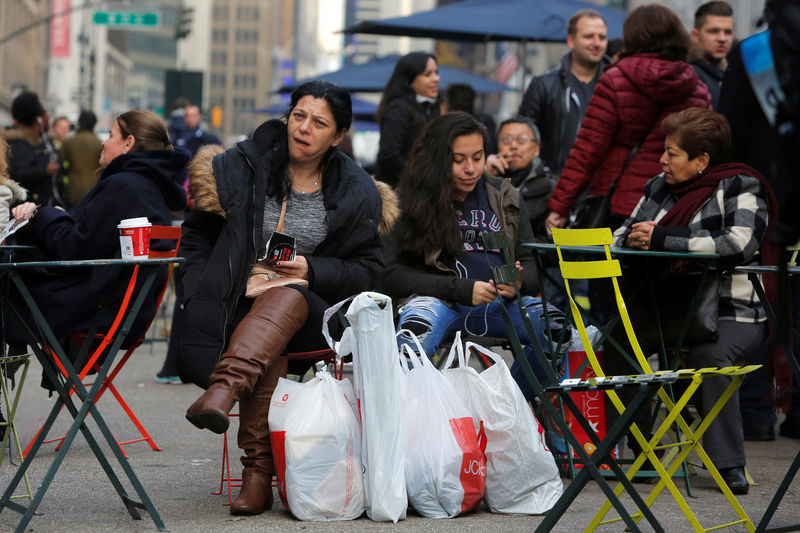(Bloomberg) -- A closely-watched measure of U.S. inflation trailed forecasts in May as prices fell for used vehicles, reinforcing the case for the Federal Reserve to cut interest rates amid headwinds including trade and global growth.
The so-called core consumer price index, which removes energy and food costs, rose 2% from a year earlier, below forecasts, according to a Labor Department report Wednesday, while rising 0.1% from the prior month for a fourth-straight time and also missing estimates. The broader CPI increased an annual 1.8%, less than projected.
Below-forecast inflation follows signs of slower economic growth in the U.S. that would only bolster investor expectations for Fed rate cuts this year. Weighing even heavier are signs of lackluster expansions at home and abroad, along with President Donald Trump’s tariffs on Chinese goods.
Lower gasoline prices played a role in keeping broader inflation tame. Energy prices fell 0.6% from the prior month and 0.5% from a year earlier as all major components in the category fell on an annual basis.
Apparel prices were unchanged after two steep declines. Readings have trended lower after the Commerce Department changed its data collection methodology.
Fed Target
At the same time, inflation is showing signs of firming by another measure that the Fed prefers. That core price gauge -- linked to spending and excluding food and energy -- firmed in April for the first time this year, though remained below the Fed’s 2% target. It tends to run slightly below the Labor Department’s CPI.
Powell, in a speech last week, opened the door to interest-rate cuts after holding in May that below-target inflation was due to transitory factors. Bond-market investors expect the central bank to lower rates as it tries to brace the economy for slowing global growth, lower corporate spending and a weaker consumer outlook.
Trump has maintained public pressure on the Fed to cut interest rates, lamenting Monday that he didn’t have China-style control over monetary policy. Fed officials will next meet June 18-19.
While Trump raised tariffs on some Chinese goods early in May, the impact wouldn’t apply broadly until imports reach their final destination and may not filter through into consumer prices for some time.
Get More
- The report showed used-car prices dropped 1.4% from the prior month while new car prices increased 0.1%.
- Shelter costs rose 0.2%, as owners-equivalent rent, one of the categories that tracks rental prices, increased 0.3%. Rent of primary residence rose 0.2%.
- Food costs rose 0.3% from the prior month after a decline in the prior period; Expenses for medical care commodities were down 0.4%.
- Economists surveyed by Bloomberg had forecast the core gauge would rise 0.2% from the prior month and 2.1% from a year earlier, with corresponding gains of 0.1% and 1.9% projected for the broader index.
©2019 Bloomberg L.P.
